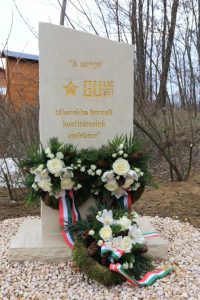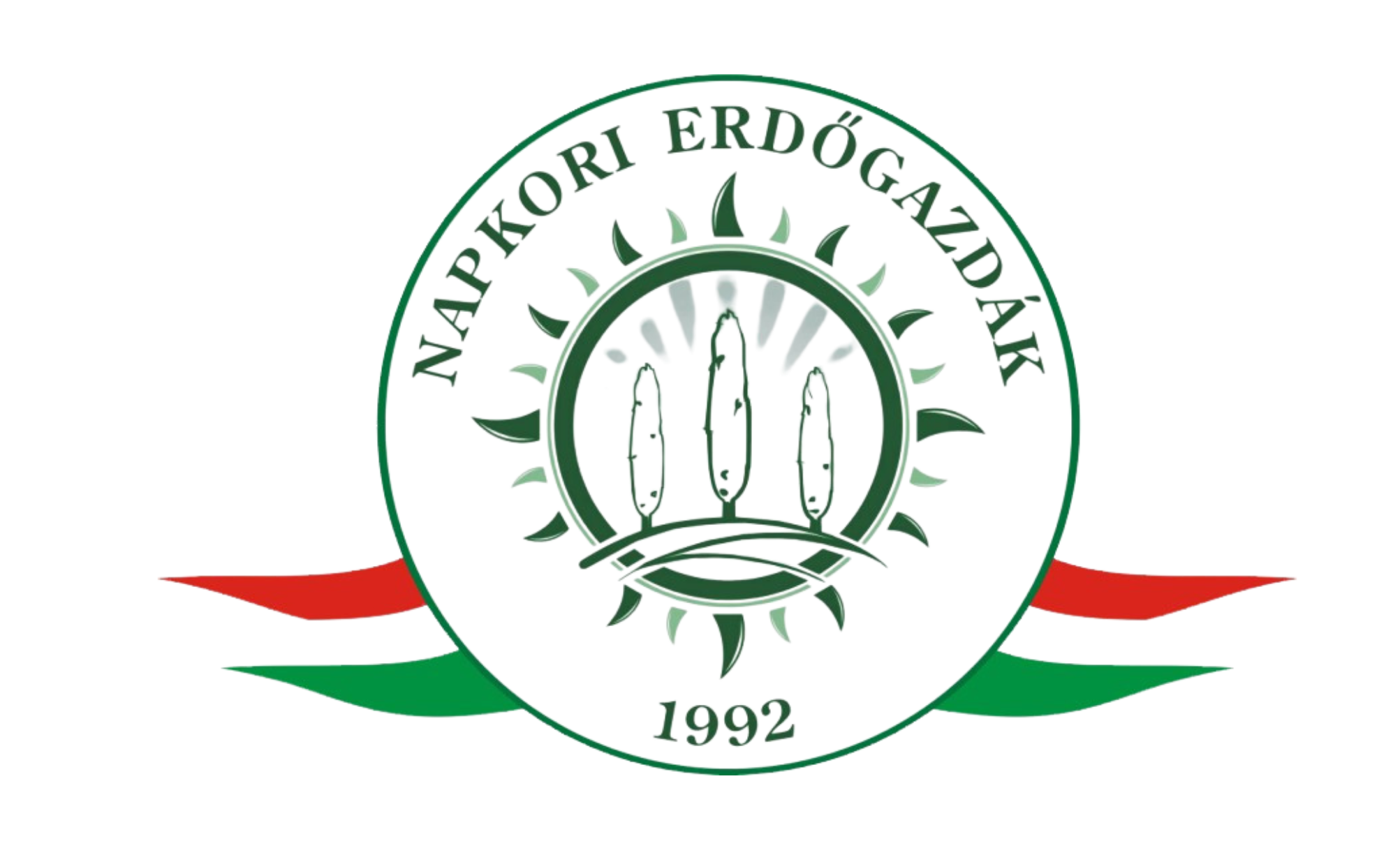GULAG Memorial Park
The commemoration of the victims of communist dictatorships was mandated by the resolution 58/2000 (VI. 16.) of the Hungarian National Assembly on June 13, 2000. According to this, every year on February 25, the “Day of Remembrance for the Victims of Communism” is observed.
The number of victims of communist regimes worldwide is estimated to be around 100 million. In Eastern and Central Europe, the number of people who died due to famine, forced labor camps, or executions reaches one million, but the system’s victims also include those who were imprisoned, interrogated, tortured, stigmatized, or persecuted for their origin or religious affiliation. The elimination of due process, the arbitrariness of executive authorities, merciless reprisals, revenge, and the instigation of fear are characteristic of the system.

In the framework of the 2015/16 Gulag Memorial Year, the exhibition titled “Magyarok a Szovjetunió táboraiban (1944-1956),” consisting of 26 panels, organized by Veritas, was recognized for its significance. Acknowledging its value, the exhibition is continuously presented as a permanent display. The natural environment near the Harangodi Forest School and the Kerekerdő Tourist Center provides a suitable location for this exhibition.

In addition to the existing 24 panels, our permanent exhibition now includes two more panels: one depicting Gulag in Szabolcs-Szatmár-Bereg County and the other depicting Gulag in Nyíregyháza. Thus, we have created a path consisting of a total of 26 panels, set up outdoors with weather-resistant wooden panels along the sidewalk next to the parking lot, easily accessible for the elderly and people with limited mobility.
The creation of the permanent exhibition aligns well with the goals of the Gulag Memorial Year, recalling in the memory of students and other visitors the tragic historical events about which, unfortunately, the general public knows so little, and school education pays scant attention.
Since the opening of the exhibition, numerous groups have participated in the programs at the Harangodi Forest School, and several thousand individuals have visited the Kerekerdő Tourist Center during this time to see the memorial exhibition. Over the years, thousands of children from the Nyíregyháza University and the Eötvös József Practice Primary School and High School, represented by Director Dr. István Komáromi, have heard lectures about the real historical times presented in this memorial site through the programs organized by us.

The panels, richly illustrated with photos, allow visitors to follow the story of the deportees in chronological order from the autumn of 1944. They can read daily orders mandating the collection of people, NKVD announcements targeting the population for forced labor, and “notices” calling for reparative work. The maps illustrate the routes of trains sent to the Soviet Union, as well as the exact locations of Hungarian and Soviet labor camps.
The editors paid attention to presenting the living and working conditions of those working in the camps, showcasing the objects used by the deportees. Personal stories are recounted through letters sent home. The last panels depict the hardships faced by those few who managed to return home, as they could not speak about the years spent in labor camps even after their return.
It is important for us and our colleagues that a memorial site endures, and as many people as possible become acquainted with the horrors of communism. We believe that education is the most effective way to confront poverty, violence, and inhumanity.
Napkori Erdőgazdák Zrt. ©. All rights reserved. 2024





